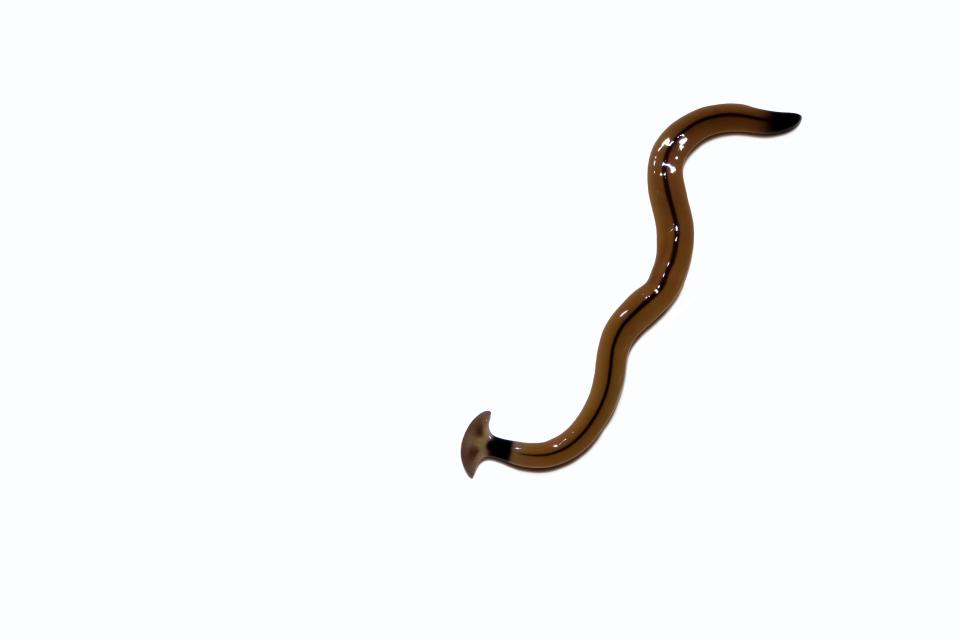Found a hammerhead worm? Here's how to handle the invasive species in NJ (Don't cut it up)
Many New Jerseyans are by now well aware of the numerous invasive plant and insect species in their midst, including the spotted lanternfly, the emerald ash borer and knotweed. This summer, another invasive that has already been seen in New Jersey is making waves elsewhere.
The hammerhead worm has been identified in half of the U.S. states. But if you see one, don't try to cut it up — or pick it up.
And don't mistake them for snakes. Hammerhead worms can grow to be more than a foot long, but certain steps must be taken if you encounter the invasive species, as many people in the Washington, D.C., area have done this summer.
Where are they from?

Hammerhead worms are a type of planarian known as Bipalium adventitium, and get their name from their distinct fan-shaped heads. They thrive in soils of hot, humid climates similar to their native habitats in Southeast Asia. The past several summers were Earth’s warmest; this July was the hottest on record. Hot air holds ample moisture, which allows hammerhead worms to move around and reproduce more quickly.
They're in New Jersey?
The state's Invasive Species Strike Team has received reports and observations of two species of invasive planarian, hammerhead worms and a New Guinea flatworm called Platydemus manokwari, according to the Department of Environmental Protection.
Still, the most recently reported hammerhead worm sighting in New Jersey occurred about two years ago in the northeastern part of the state, said Jeff Wolfe, a state Department of Agriculture spokesperson.
Are they dangerous to humans or pets?
Hammerhead worms are not harmful to humans, though their skin is coated in a sticky goo with toxins that can cause skin irritation.
Pets can get sick if they consume these worms. The toxins can cause intestinal issues, cramping and vomiting. Experts suggest people avoid touching these worms, but, if they do, to wear gloves and keep their hands away from their face until they can quickly wash them.
What's their impact on soil and crops?
With hammerhead’s population expected to grow and spread fast in this ideal weather, experts are concerned about the impacts on soil. The worms eat other invertebrates such as snails, slugs and earthworms. Earthworms provide crucial benefits to keep soil healthy.
Diminishing earthworm populations could worsen soil’s well-being, affecting crop growth and produce availability, which could result in supply chain issues. With not enough produce to meet demands, shoppers could see another spike in grocery store prices.
Should I try to kill them?
If you spot hammerhead worms, avoid the urge to squash or cut them into pieces because of their ability to multiply. Pieces of existing worms can turn into new worms in a matter of weeks.
Instead, you can pour salt on hammerheads, which dehydrates and suffocates them — the method used to kill the most recent sighting in New Jersey. People can also douse them in vinegar, boric acid or citrus oil, the DEP said. Or, shovel worms into a bag, tie it very tightly and toss it in the trash. But wear gloves if you handle them.
This story contains material from USA Today.
This article originally appeared on NorthJersey.com: Hammerhead worms in NJ: What to do if you see invasive species

